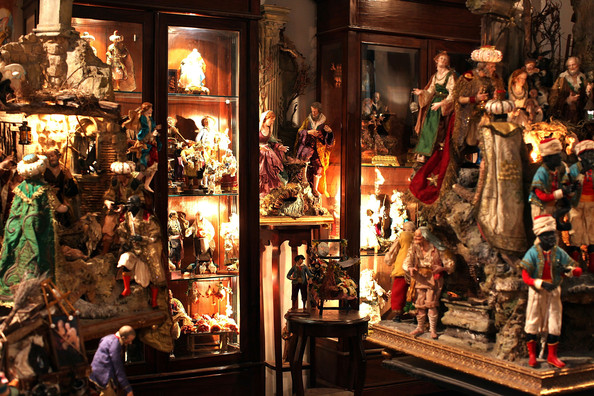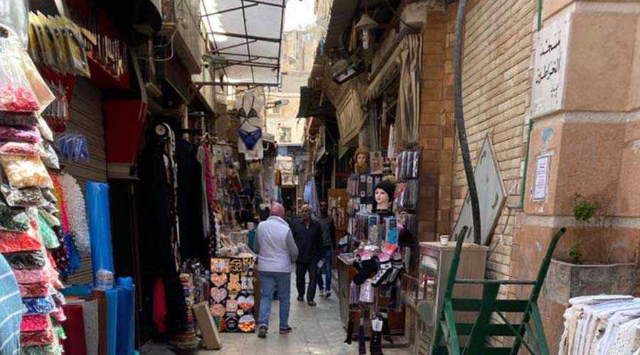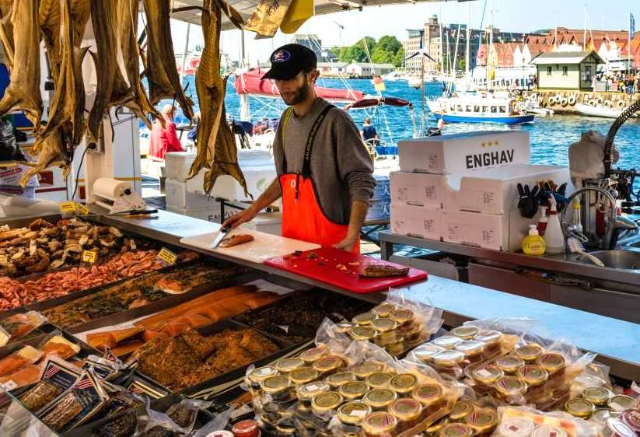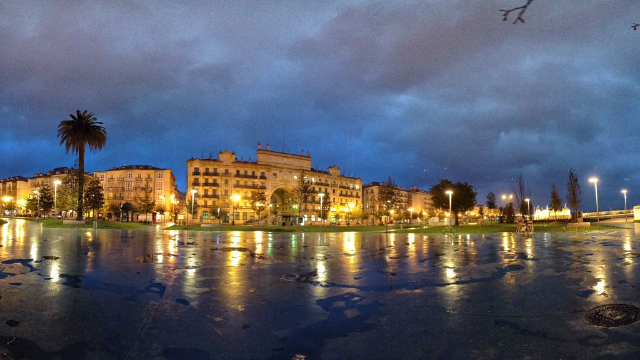In Naples the unfailing protagonist of Holy Christmas is the nativity scene. It is therefore a must for every self-respecting Neapolitan Christmas to visit the spectacular displays of San Gregorio Armeno.
Among a cheerful multitude of little stores, workshops and stalls that all year round fill the eyes of those who admire its atmosphere with magic. An art, that of the crib, which dwells in every single detail of the countless artifacts, so meticulously shaped that they seem to possess a soul of their own. True dynasties of "shepherds" have been handing down the small secrets of this extraordinary craft for centuries and are busy all year round recreating the shepherds and painted terra cotta smallwares to set up the majestic nativity scenes that have inspired so much literature and painting.
But perhaps not everyone knows that San Gregorio Armeno is also among the most interesting in the Greco-Roman history of Neapolis, in fact it is located right next to the Agora then Forum in Piazza S.Gaetano where the remains of the temple of Castor and Pollux are located. Right near the church that gives its name to the street, formerly known as St. Liguore, the Neapolitan bishop St. Nostrian had public baths opened and the first early Christian structure of the church of St. Gregory created on the remains of the ancient temple of Ceres (and about this deity, not surprisingly, it is said that the citizens offered him as ex voto small terracotta statuettes, made in nearby workshops), to which his successor also annexed a shelter for the sick poor.
Here, during the mid-8th century, when the fury of the iconoclasts forced many religious to take refuge in Italy as they fled the East, were housed the relics of St. Gregory the Illuminator, patriarch of Armenia (257-331) transported by some Basilian nuns led by St. Patrick. Tradition has it that the Basilian nuns of St. Patrick after landing on the islet of Megaride (Castel dell’Ovo) and founding a first monastery there, on the death of the foundress and at the behest of the Byzantine Duke of Naples Stephen, they carried her body in procession; it then happened that the two white heifers hitched to the hearse, arrived in front of St. Gregory and stopped and the event was considered the will of the virgin Patrician, it was therefore decided to move the monastery to that structure. Popular faith has always gathered around the relics kept in the church such as the highly venerated relics of St. Patrick whose blood melts on August 26; those of the blood of the Baptist which some nuns in 1576 brought to the new asylum of St. Gregory and which melts on August 29; and those of St. Gregory’s shinbone and skull with its chains and staff. Only in 1205 was the church named after the latter.
But who was St. Gregory of Armenia?
St. Gregory known as the Illuminator belonged to the Armenian royal dynasty of the Arsacids. He is credited with having Christianity adopted as the state religion in Armenia. In fact, the then ruler Tiridates III pursued the first Christian missionaries in Armenia, and especially the successful campaign of the preacher Gregory, whom he had imprisoned in the fortress-prison of Khor Virap in the city of Artashat, where the preacher remained for no less than thirteen years.
Christian legend has it that as a result of his violent persecution of Christians, the Armenian king was seized with a terrible illness that no court physician could cure. The king’s sister had a revelatory dream that told her about the miraculous powers of the imprisoned preacher. The king, who initially refused to believe her, was eventually persuaded to release Gregory and was healed through his intercession. As a result of this "miracle" Tiridates III converted to Christianity, elevating it to the state religion in 301 (some scholars date it to 305, the year of Diocletian’s abdication).
After a long campaign of evangelization, Gregory decided to retire to the mountains of Akilisene, where he continued to live as an ascetic. He entrusted the administration of the Christian community to his son Aristakes, who had been consecrated since 318, as bishop of Armenia, Aristakes participated in 325 in the Council of Nicaea, proclaimed by Emperor Constantine I to discuss and fix some important points of the Christian faith. In the same year, Gregory died in solitude on Mount Sepouh.













